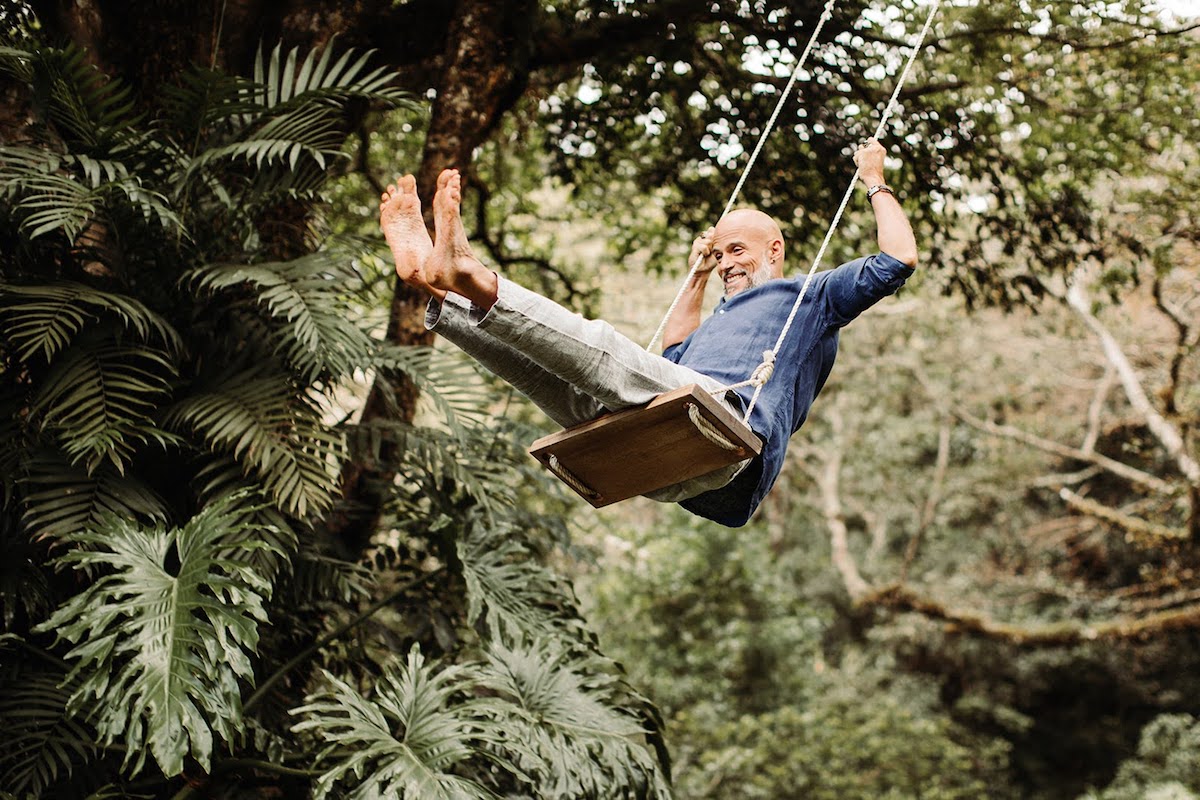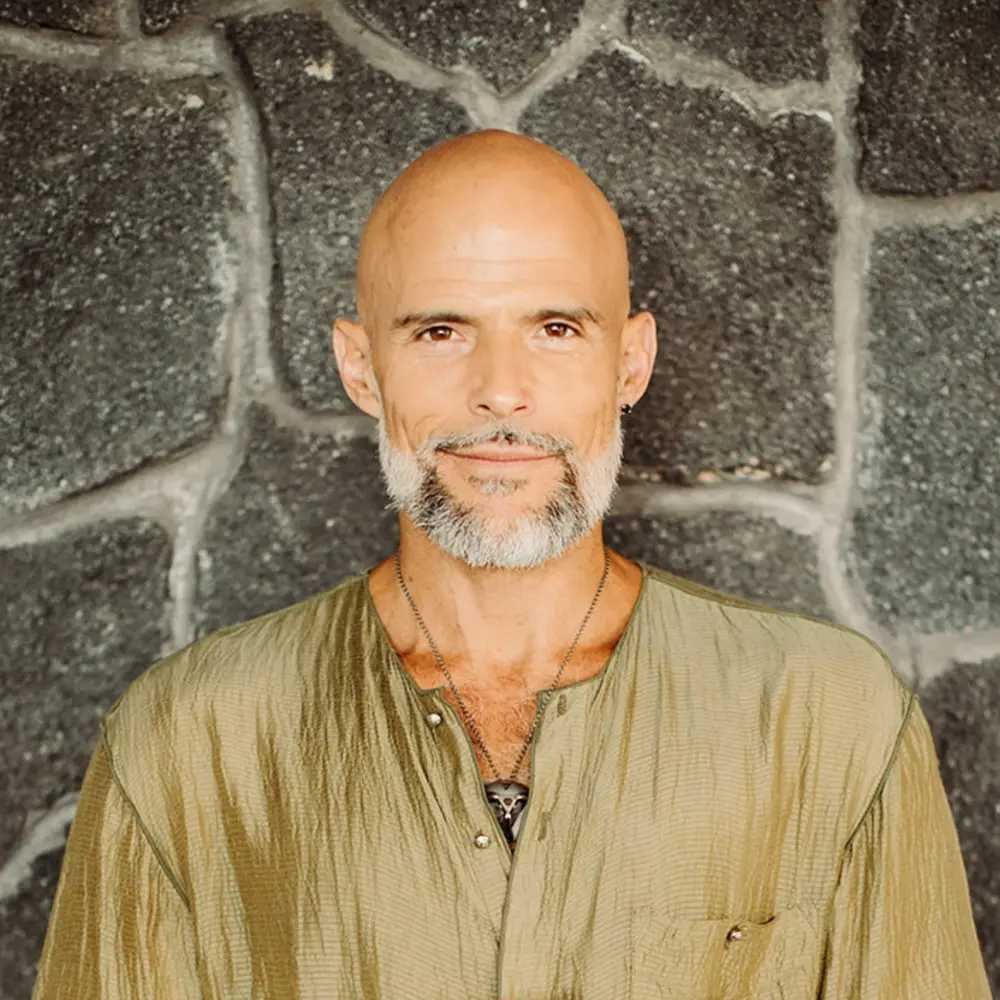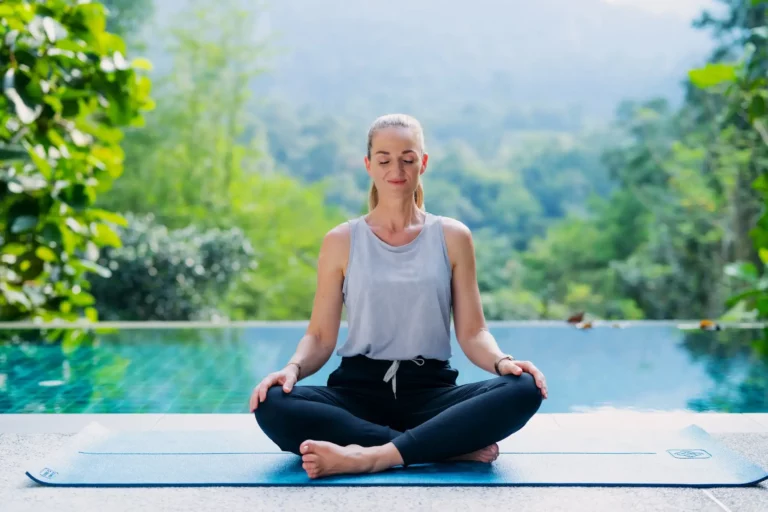Your body is a temple, and it’s a fantastic tool of manifestation if you know how to live in the moment.
You can cultivate this ability by learning the art and science of presence—an extraordinary state of expansion, peak productivity, and focus, according to Quantum Flow healer and trainer of Mindvalley’s Ultra Presence Quest Juan Pablo Barahona (JuanPa, for short).
Mastering presence will help you achieve your goals and expand your life, and this journey starts right now.
How to learn to live in the present: 4 exercises from Juanpa
Presence means being present with every part of your being. JuanPa explains, “Presence influences every area of your life, from how you look to how you feel and think. And it reflects in your business, relationships, purpose, and spirituality.”
You can’t go deep into areas you want to expand without presence. Every layer of your being is either coherent with the presence or incoherent—the latter results in distraction and procrastination.
Let’s look at four ways to help you live in the present:
1. Become an observer
Observation is your ability to notice what’s going on around you without labeling it. JuanPa explains that the cultivation of this ability has nothing to do with masculine structure and discipline. You do it through blissipline—blissful neutrality.
How to do it:
- Observe your thoughts from a neutral perspective.
- Breathe and be present.
- Remind yourself you are NOT your mind.
- Observe your thoughts as clouds without identifying yourself with them.
- Observe your emotions and feel them.
- Welcome all your emotions.
- Breathe into your emotions.
- Remind yourself you aren’t your emotions.
- Become aware of your body.
- Check your posture. What does it express?
- Bring awareness to your posture.
- Connect with your breath.
- Breathe in whatever you want to amplify in your life.
2. Connect with the Earth
The Earth emanates electromagnetic frequencies, and you can directly connect with them through your pelvic floor, which reflects your root chakra. Connecting with the Earth is called earthing, which has numerous benefits to your overall health.
How to do it:
- Sit down on a chair.
- Bring your feet to the floor, keeping your spine straight.
- Relax your arms and your entire body.
- Close your eyes and start breathing through your nose, exhaling through your mouth.
- Allow your body to relax as you exhale.
- Observe your thoughts and emotions as clouds without trying to change anything.
- As you inhale, open your arms wide and stretch them up.
- As you exhale, slowly relax your arms, placing your hands on top of your thighs.
- Take a deep breath, and as you exhale, bend forward.
- As you inhale, move to the starting position, vertebrae by vertebrae.
- Move your spine gently forward and backward.
3. Activate the pelvic floor
Learning how to activate your pelvic floor muscles will train your nervous system to move accumulated stress out of your body. It will also bring the energy from your lower chakras into your heart to become fully present to what’s available to you.
How to do it:
- Sit down on a chair.
- Bring your navel in and activate all muscles in your pelvic floor.
- Hold your hands in front of you with your palms facing up.
- As you inhale, open your hands, and as you exhale, squeeze them into fists and squeeze your pelvic floor muscles simultaneously.
- Find your own rhythm, relaxing as your muscles on your inhale and activating them on your exhale.
- Repeat for a few minutes and then squeeze your fists and muscles and hold them for a few moments.
- When you are ready, inhale, open up your arms and stretch them up, hold them and expand without exhalation.
- Exhale gently, bringing your arms down.
4. Practice breathwork
Breathing techniques, which are based on controlling your breath, rewire your nervous system and activate the connection of neurons called synapsis. JuanPa explains that whatever patterns you’ve created during your life, you can recreate them through breathwork and the right intention, such as to live in presence in every area of your life.
How to do it:
- Breathe in and out normally.
- When you are ready, exhale all air out and hold it as long as you can.
- Inhale and exhale.
- Breathe normally.
- You can do this exercise whenever you want during the day.
What does it mean to “live in the moment”?
Living in the moment is about aligning your body, thoughts, emotions, and spirit with the present moment, which holds the highest potential available to you.
This state can differ from person to person. Being present in your body is also unique to everyone since we have unique characteristics and ways of nurturing our bodies.
How you treat your body is how you treat others.
— JuanPa, trainer of Minvalley’s Ultra Presence Quest
There are three aspects to living in the moment: physical, mental and emotional, and spiritual.
All these aspects create the mindset of presence you apply to your body to embody it.
When you become aware of your thoughts, you can choose them and create them from the highest universal source energy.
When it comes to emotional presence, it implies your ability to transform negative emotions into higher vibrational emotions.
You can’t control your emotions. Instead, you can feel them fully in your body and then enhance them and use them for creation. So, whatever doesn’t serve your presence, you can transform it.
Being present vs. being in the flow
Flow is defined as the optimal state of consciousness where we feel and perform our best. These are the moments of rapt attention and total absorption when hours fly like minutes.
Mihaly Csikszentmihalyi, who coined the psychological concept of “flow,” found that this altered state of consciousness dramatically impacts performance. Also, it’s a measurable spectrum experience like any emotion and accessible to everyone. Most importantly, people in most flow have the most meaningful lives.
Steven Kotler, founder and executive director of the Flow Research Collective and trainer of Mindvalley’s The Habit of Ferocity Quest, explains that it used to be considered a spiritual experience. In reality, it’s the state of peak performance. He calls it “the state of deep now.”
Why is it deep?
It’s an altered state of consciousness because when you enter it, your brain takes you from beta waves (waking state) to the borderline between alpha and theta waves. This is where all magic happens — you get “aha” moments, insights, and creative solutions to a problem.
It’s where all the ideas come together and carve a new pathway into the brain. So flow is right on the edge of maximum creativity and breakthrough.
— Steven Kotler, trainer of Mindvalley’s The Habit of Ferocity Quest
Unlike being in the flow, when you are present, you operate from your waking state. It’s your springboard to getting into “flow.”
JuanPa says, “The state of flow can only happen when you are present because to get into the flow, you need to become fully present with what it is you are doing.”
We often naturally flow when we do things we enjoy. But with the ordinary tasks at hand, we get easily distracted. Why? Because we aren’t present. So you can reach peak performance by mastering being in the present.
Why is being present-minded important?
Thoughts going through your mind aren’t yours. They belong to your past, the collective, or the higher mind. When you aren’t present-minded, you allow your mind to connect with the thoughts related to the collective or your past experiences, recreating negative loops of thought forms.
On the other hand, when you have a mindset of presence, you become a clear channel to higher thoughts. In other words, you align yourself with the source energy and become available to the creative energy.
Your mindset connects you to your essence and the energy available to you.
— JuanPa, trainer of Minvalley’s Ultra Presence Quest
This is why being present-minded is crucial if you want to reach your fullest potential and create from the field of unlimited possibilities.
2 common blocks to living in the moment
Call it procrastination or lack of motivation, there is always something in the way of living in the moment. And you can spot them by simply observing yourself without judgment.
Let’s look at the most common blocks, according to JuanPa:
1. Untamed conscious mind
We all tend to shift from one thought to another, which translates into how easily we get distracted by external stimuli. So we end up being counterproductive. It happens when the mind is in control.
JuanPa clarifies that the nature of an untamed mind is to be crazy. In other words, when you aren’t aware enough, it takes you all over the place, running all unconscious programs it picked up along the way.
It’s important to understand that you can’t fight it, but you can educate your mind to behave in ways that nurture you.
The more you cultivate a skill of observation, the more in control you will be — in control of your mind and your life.
Commit to the task and observe when your mind tries to distract you.
2. The unconscious mind
The unconscious mind is in the connective tissue of your nervous system called the “ground substance.” It stores all information about every event and traumatic experience that impacted your nervous system. If you don’t move this substance, it crystallizes, preventing the energy from flowing freely.
In essence, cellular memory blocks the electricity needed to be active and proactive in life. And when your nervous system is rigid, it affects your energy levels and ability to focus and take action.
Presence comes from the core of your being, but if you store lots of microtrauma in your nervous system, you are physically unable to hold the energy of creativity and inspiration available to you.
— JuanPa, trainer of Minvalley’s Ultra Presence Quest
How to live in the moment with anxiety
Learning how to calm down and live in the moment can be challenging, especially if you suffer from anxiety.
Anxiety or generalized anxiety disorder (GAD) is a long-term condition that causes you to feel anxious about many situations and issues.
You may think staying present when you are worried and anxious is impossible, but it’s not entirely true. It’s counterintuitive but staying present can virtually help you fight this condition.
First, you want to observe your thoughts to identify the ones causing anxiety. Instead of being absorbed by them, you can choose to think differently.
Second, focus your attention on the present moment and what’s around you. As soon as you shift your attention to your immediate environment, you will see that your worries are imaginary. Instead of imagining a terrible outcome, you can imagine the best-case scenario.
Third, just breathe. Focusing on your breathing takes you out of your head into your body. In fact, breathwork is one of the most effective ways to combat anxiety.
And lastly, meditate. Meditation is one of the best ways to cultivate mindfulness. And mindfulness techniques are proven ways to alleviate symptoms of depression and anxiety.
Cultivating ultra presence
Presence is your natural state, so it’s unnatural for you to give in to distractions and procrastination. The good news is that you can reclaim this innate ability by biohacking your nervous system and rewiring your mind.
Moreover, you can take it to the next level by cultivating ultra presence to transform how you show up and experience your life across all areas.
With the Ultra Presence system, developed by Juan Pablo Barahona, creator of the Quantum Flow embodiment method and trainer of Mindvalley’s Ultra Presence Quest, you can unlock your fullest capacity for presence and flow in your everyday life.
You can try one of his powerful biohacking techniques by unlocking your free Mindvalley access.
Welcome in.








